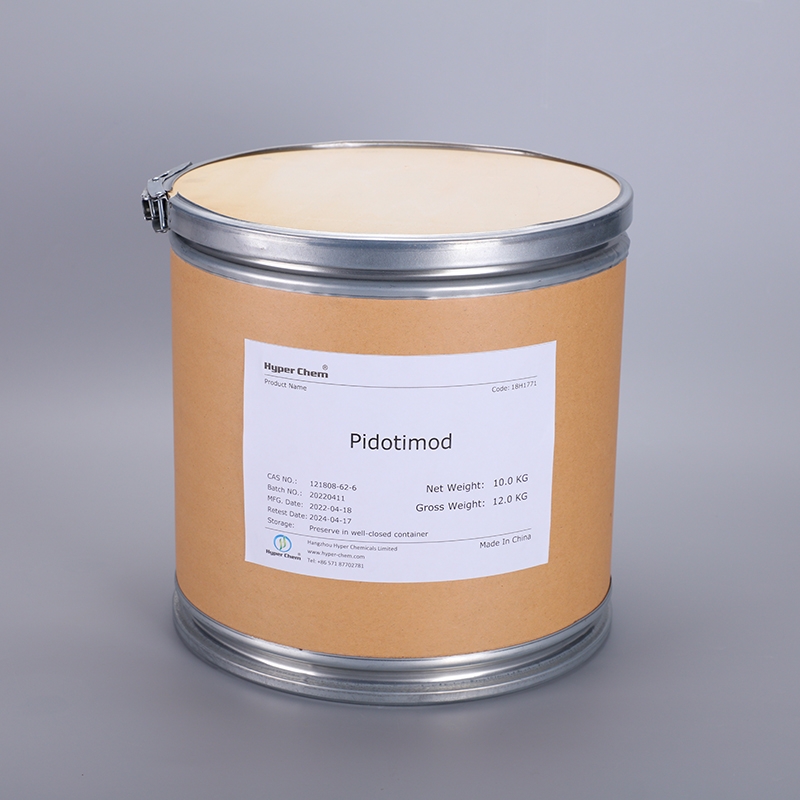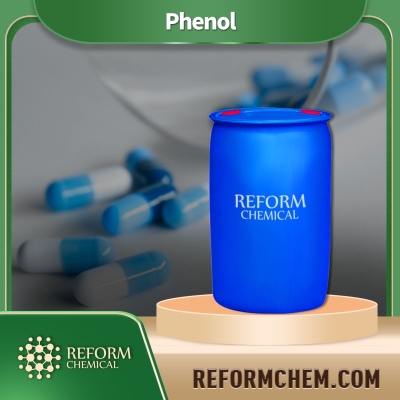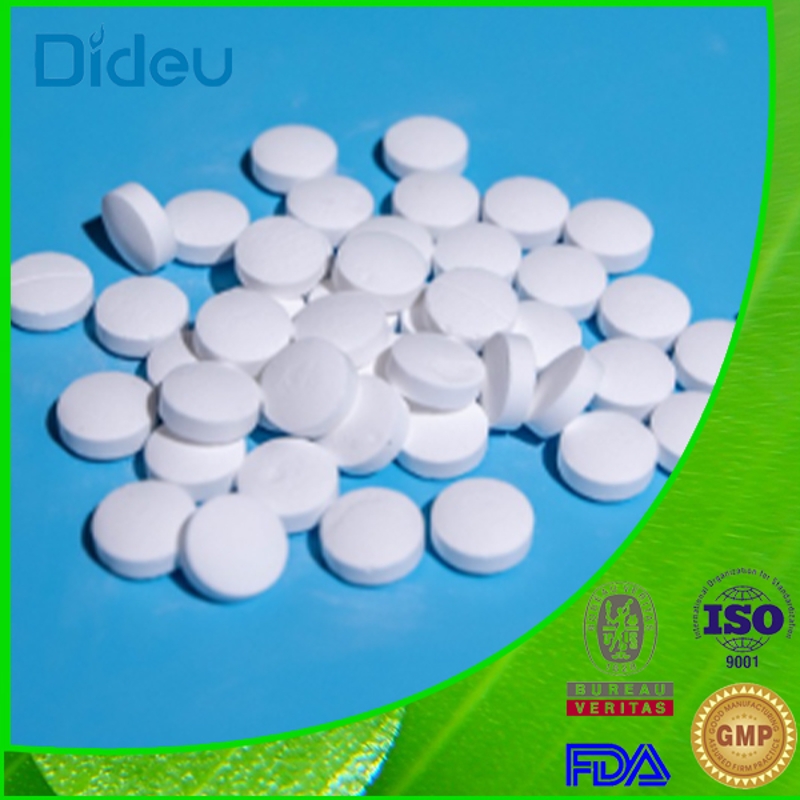-
Categories
-
Pharmaceutical Intermediates
-
Active Pharmaceutical Ingredients
-
Food Additives
- Industrial Coatings
- Agrochemicals
- Dyes and Pigments
- Surfactant
- Flavors and Fragrances
- Chemical Reagents
- Catalyst and Auxiliary
- Natural Products
- Inorganic Chemistry
-
Organic Chemistry
-
Biochemical Engineering
- Analytical Chemistry
-
Cosmetic Ingredient
- Water Treatment Chemical
-
Pharmaceutical Intermediates
Promotion
ECHEMI Mall
Wholesale
Weekly Price
Exhibition
News
-
Trade Service
Yimaitong compiles and organizes, please do not reprint
without authorization.
Mucormycosis is a rare but serious invasive mycosis caused by mucormycetes fungi that mainly affect immunocompromised people
.
Diabetes, hormone therapy, hematological malignancies, organ transplantation, renal insufficiency, the use of broad-spectrum antibacterial drugs and other factors are closely related to
the occurrence of mucormycosis.
In addition, COVID-19 is also an important risk factor for
mucormycosis.
Mucormycosis interventions include, but are not limited to, early diagnosis, effective single or combined antifungal therapy, surgical debridement of necrotic lesions, and control of underlying conditions such as diabetes.
Among them, amphotericin B, posaconazole and esaconazole and surgical debridement of necrotic tissue if necessary are common treatments for mucormycosis, let's learn about antifungal treatment for mucormycosis!
Amphotericin B and liposomal amphotericin B target sterols on fungal cell membranes, causing membrane permeability to change the flow of cell contents and cause fungal cell death, and are the first FDA-approved drugs
for the treatment of mucormyces infections.
The liposomal amphotericin B has significantly fewer adverse reactions than amphotericin B, which is the first-line drug
for mucormycel infection.
The 2019 European Union of Medical Mycology (ECMM) guidelines for the diagnosis and management of mucormycosis recommend the use of amphotericin B liposomes 5~10 mg/(kg/d) for first-line treatment, and it is recommended to apply the maximum dose
from the beginning.
If toxicity occurs after first-line therapy, low-dose (5 mg/kg/day) therapy
is recommended.
If the disease is widespread, rapidly progressive, or the patient is in poor condition, the addition of isavuconazole or posaconazole
may be considered.
Treatment with liposomal amphotericin B (5 mg/kg/day) is also recommended for
COVID-19-related mucormycosis.
Triazole antifungals work
by inhibiting ergosterol synthesis pathways.
Both posaconazole and esavunazole belong to the triazole class, which are relatively new in the treatment of mucormycosis and have higher inhibitory activity against mucormycetes in vitro than other triazoles.
Other triazole antifungals, including fluconazole, itraconazole, and voriconazole, exhibit little or no activity
against the order Mucormycetes.
Earlier studies suggest that posaconazole may be a salvage treatment option
for patients with mucormycosis who do not respond to other treatments.
Isavuconazole is a broad-spectrum triazole that has fewer drug interactions and lower toxicity than other triazoles and can be used for intravenous and oral administration
.
The 2019 ECMM guidelines moderately recommend isavunazole for the first-line treatment of mucormycosis, with isavunazole preferentially recommended as remedial therapy
.
For severely immunocompromised people, combination antifungal therapy
is commonly used.
Combination therapy has wider
coverage of pathogens than monotherapy.
Amphotericin B is often combined with other antifungal drugs such as echinococcin, and other drug combinations include amphotericin B and triazoles
.
Treatment options for mucormycosis are limited compared to other fatal infections, and only two drugs (i.
e.
, polyenes and triazoles) are currently used clinically
.
Finding unique drug targets for mucormycetes fungi is challenging, and there are two drugs currently being studied in clinical trials against other pathogenic fungi, oteseconazole and fosmanogepix
.
The results support the potential
of the above drugs as new antifungal drugs for the treatment of mucormycosis.
However, the available clinical treatment data for mucormycosis are very limited and have no clinical help.
Resources:
1.
Smith C, Lee SC.
Current treatments against mucormycosis and future directions.
PLoS Pathog.
2022 Oct 13; 18(10):e1010858.
doi: 10.
1371/journal.
ppat.
1010858.
PMID: 36227854.
2.
Liang Guanzhao,Liu Weida.
Interpretation of European guidelines for the diagnosis and treatment of mucormycosis in 2019[J].
Chinese Journal of Mycology,2021,16(02):116-120.
)
3.
Hernández JL, Buckley CJ.
Mucormycosis.
[Updated 2021 Jun 26].
In: StatPearls [Internet].
Treasure Island (FL): StatPearls Publishing; 2021 Jan-.







